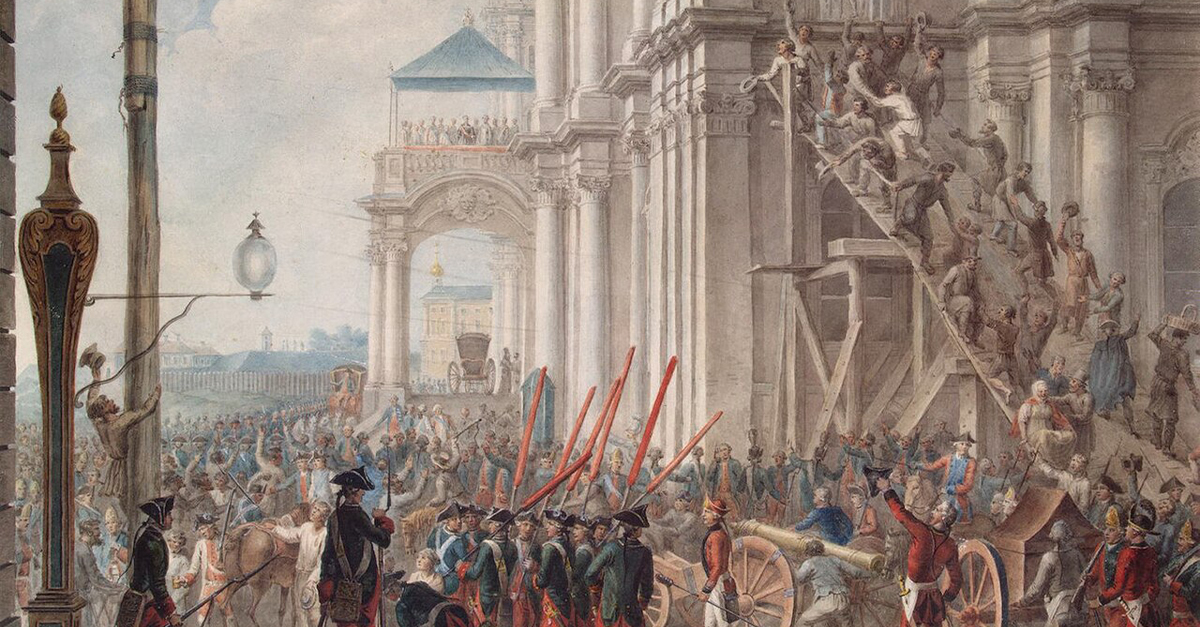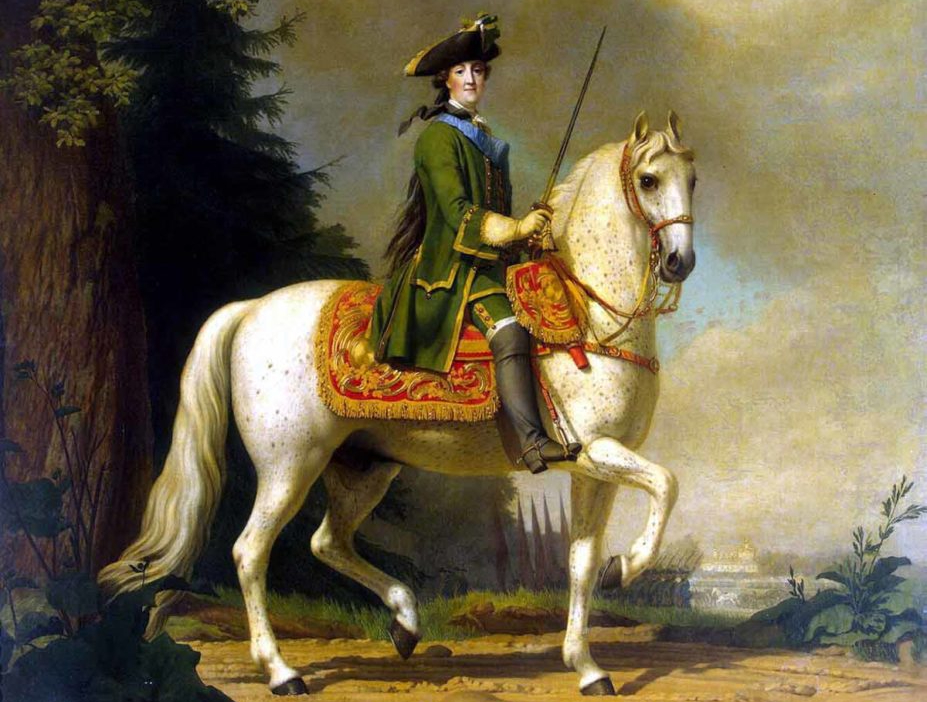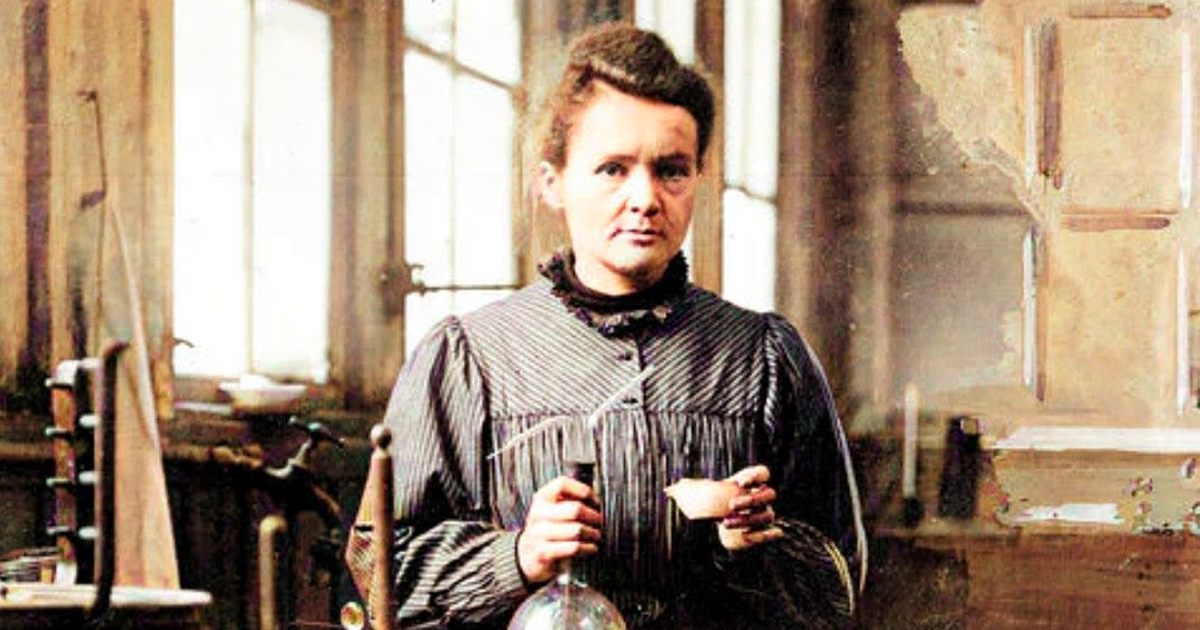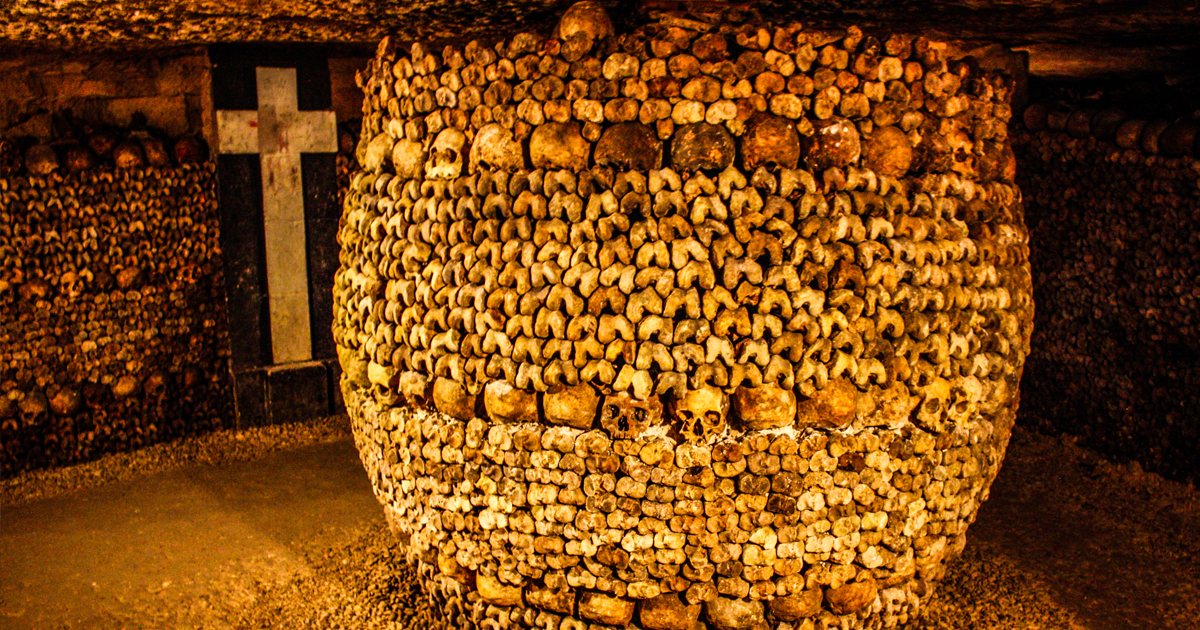In 1762, a German-born princess pulled off one of the most shocking palace coups in European history. Now known as Catherine the Great, she didn’t inherit her crown, but seized power through her own shrewd political operating and ruthless will. Her takeover of the Russian throne guaranteed her place as one of history’s most formidable rulers.
A Foreign Bride With Ambition
Born as Sophie of Anhalt-Zerbst in Prussia, Catherine came to Russia at the age of 14 to marry Grand Duke Peter, the heir to the Russian throne. Although she converted to Orthodoxy and took the name Catherine, Russians always regarded her as an outsider. But right from the start, Catherine was determined to step out of Peter’s shadow and rule in her own right.
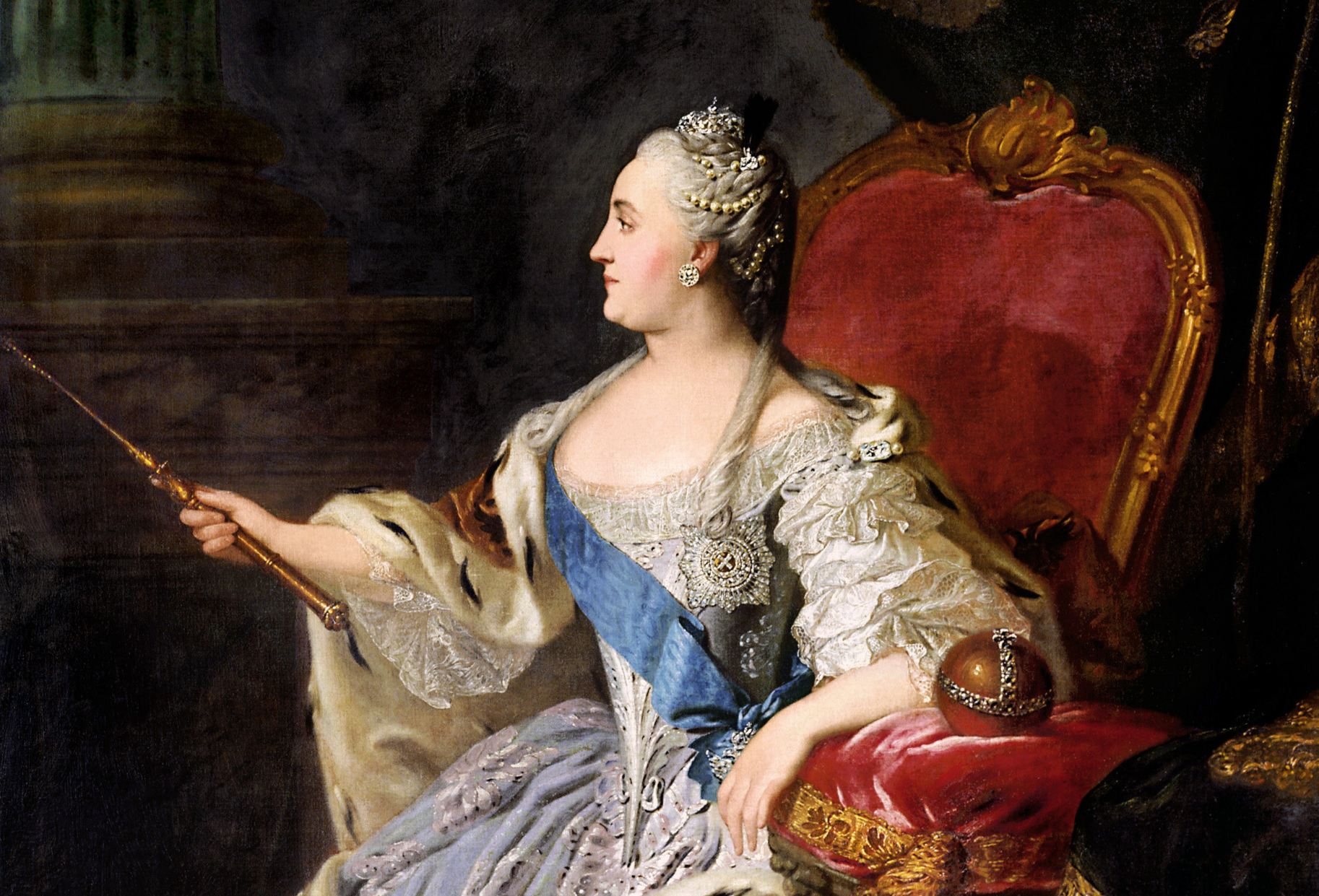 Fyodor Rokotov, Wikimedia Commons
Fyodor Rokotov, Wikimedia Commons
A Troubled Marriage And An Unstable Heir
Catherine’s marriage to Peter was a disaster. Peter was awkward, emotionally unstable, idolized Frederick the Great of Prussia, and openly rejected Russian customs. His unpredictable ways and lack of any political sense made him unpopular with the nobility and the army. Catherine, on the other hand, wisely cultivated influential allies and built up a support network behind the scenes. She was confident her moment would come; she just needed to be patient.
The Death Of Empress Elizabeth
When Empress Elizabeth died in January 1762, Peter took to the throne as Peter III. But his reign turned out to be short and chaotic. He quickly pulled Russia out of the Seven Years’ War, made large-scale unpopular reforms, and alienated the Russian Orthodox Church and the army. Whatever political capital he had was squandered in a matter of months. Discontent was spreading through the ranks of power.
Catherine’s Secret Support Network
During this time, Catherine was already secretly meeting with key military officers and nobles. She formed a romantic and political alliance with Grigory Orlov, a charismatic officer in the Imperial Guard. With the help of the Orlov brothers and other conspirators, Catherine put together a plan to depose her husband and seize the reins of power for herself.
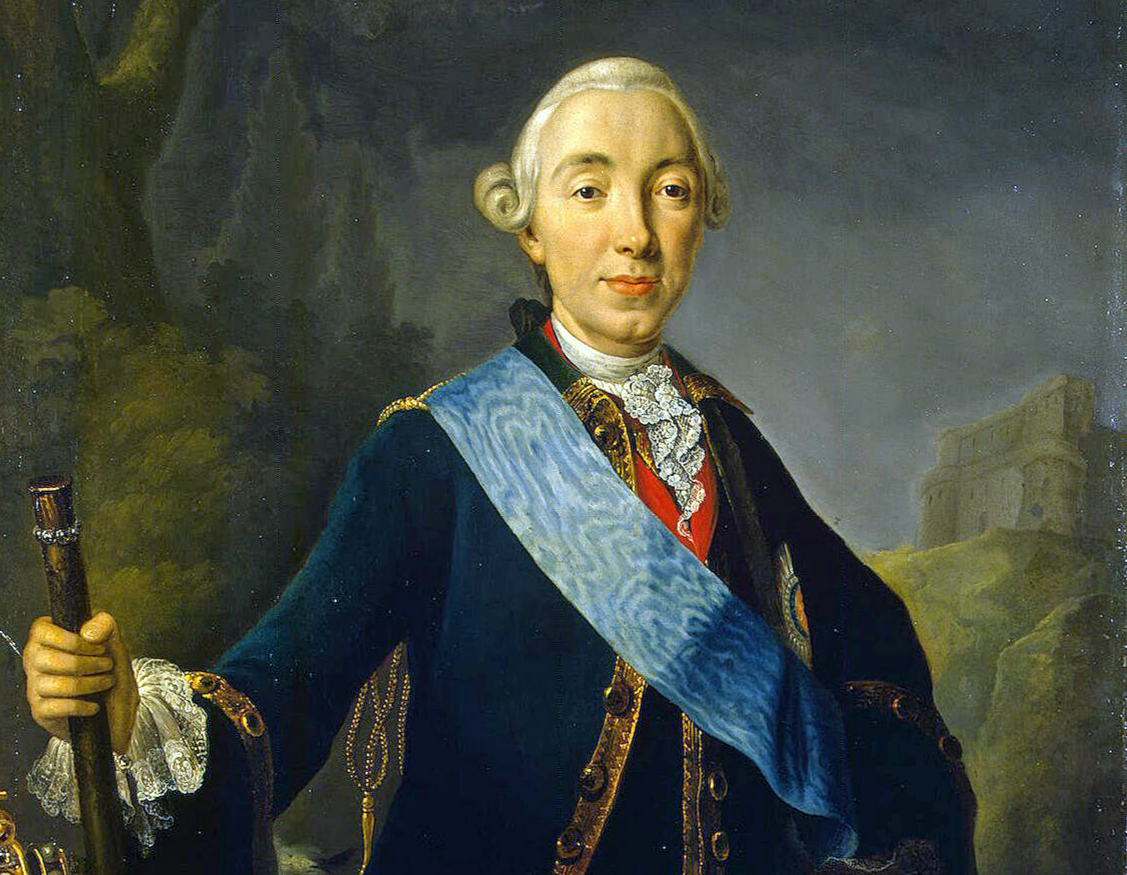 Lucas Conrad Pfandzelt, Wikimedia Commons
Lucas Conrad Pfandzelt, Wikimedia Commons
July 9 1762: Catherine’s Decisive Move.
The morning of July 9, 1762, saw Catherine move into action. Backed by the army, she showed up at the Ismailovsky Regiment barracks in St. Petersburg and was declared empress. In a green uniform and carrying an icon, she won the soldiers over to her cause, then firmed up support from other regiments. Caught totally flat-footed, Peter abandoned the capital; and with it, any chance of resistance.
Peter III’s Ignominious Fate.
Days later, Peter III was captured and signed formal abdication papers. He was taken to Ropsha, a little estate outside St. Petersburg. One week later, he perished under murky circumstances; he was likely slain by his jailers, quite possibly with Catherine’s approval. The official cause of death was listed as "hemorrhoidal colic," but few people believed this explanation.
She Launched A Public Relations Campaign.
Catherine was convinced that she needed more than army backing to hold on to the throne. She quickly released a manifesto justifying her coup as necessary to save Russia from Peter’s destructive policies. She put herself forward as the true protector of Russian tradition and stability. With this carefully crafted campaign and some strategic rewards doled out to her allies, she consolidated her power base, paving the way for a long reign.
She Put Russia On A Different Course.
Catherine ruled Russia for the next 34 years, which saw expansion of the country’s borders, modernization, and promotion of Enlightenment ideas. At the same time, she imposed her own highly autocratic rule. When Catherine seized power by force, it was the start of an empire-building project that would turn Russian into a major European power for the first time.
You May Also Like:
The Imposter Who Became Tsar Of Russia
The First Rulers Of Kingdoms And Empires

